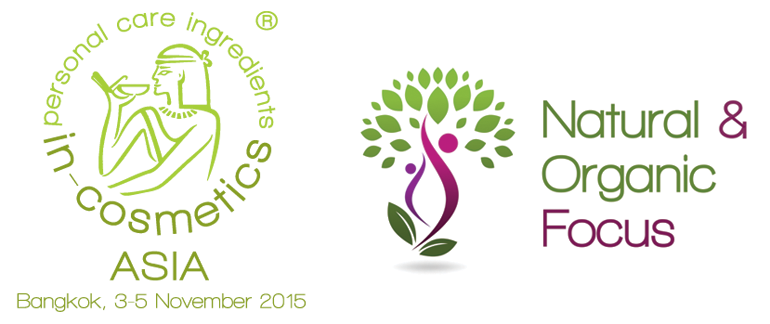The Asian natural and organic cosmetics market is one of the fastest growing in the world. Strong consumer interest in natural and organic products is propelling market growth. However, high growth rates have encouraged many conventional brands to jump on the ‘natural bandwagon’. Some have formulated and launched legitimate natural and organic products, while others are making false claims for their conventional products.
Organic Monitor finds mislabelling and false marketing claims rife in Asia. Product packs often have green imagery, with packaging stating natural (and even organic) ingredients. Some brands have even gone as far as brandishing false green logos and symbols on their products’ packs. Such products often have conventional formulations i.e. they contain the same synthetic chemicals as non-natural cosmetic products.
The high level of greenwashing is creating confusion, with consumers unable to distinguish between pure natural and organic products, and falsely labelled ones. A major question I am asked at various events by pure natural / organic brands is: How do we combat such greenwashing in the industry?
Initially, my answer used to be certification. Standards legitimise green marketing claims, enabling brands to assure consumers that their products meet industry standards for natural and organic cosmetics. Indeed, all leading brands in Europe have taken the certification route. Some, such as Weleda, Lavera and Primavera, have been the driving force behind the NaTrue standard.
Certification is encouraged as it sets aside natural and organic cosmetics from conventional products making false marketing claims. However, there is a growing concern that proliferation of standards may have the opposite effect. Consumers want natural and organic cosmetics, however they do not necessarily want a myriad of green logos and symbols. Furthermore, how can they differentiate between one green logo and another?
In Asia in particular, it is also common to see self-styled green logos and symbols on product packs. With no uniform industry standards for natural and organic cosmetics, there are no regulations preventing this occurrence.
Standards are intended to clear up the consumer confusion but they are not always doing so in Asia. If certification is not the answer, then what is?
As the Asian natural and organic cosmetics market evolves, the solution partly lies in education and transparency. The way forward is to educate consumers on cosmetic formulations, and especially on contentious synthetic chemicals. Brands can play their part by being more transparent with their ingredient lists. Some successful case studies will be given at the following seminars and workshop at in-Cosmetics Asia…
Amarjit Sahota will be presenting Asia in the global market for natural & organic cosmetics on 3 November at 11am in the Marketing Trends Theatre at in-cosmetics Asia 2015 and will also take part in the Natural & Organic Cosmetics Roundtable: Overcoming industry challenges on 4 November at 11am, which also takes place in the Marketing Trends Theatre.
Organic Monitor will also be hosting a workshop entitled Business Openings in Global Market for Natural Cosmetics on 4 November at 2pm.

